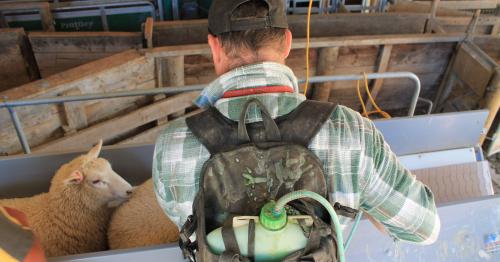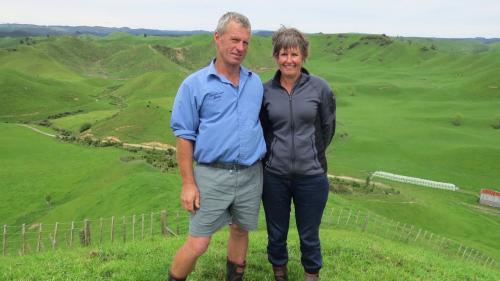Search results
Displaying 611 - 620 results of 1351
- Factsheetcompany constitution insert name company constitution document constitutional document equity partnership form company should used conjunction shareholders agreement prepared completed consultation …
- VideoCarol and David Hodge caught the judges’ attention for the extent of the protective fencing and planting on their property and the formation of ponds and retention dams. The result is an enhanced …
- News… not be available for lambing in 2023. “Farmers need to begin planning now,” says Dr … Wormwise programme. “There are plenty of farmers around New Zealand who get great ewe … of Bionic Plus could be an opportunity for farmers to look at a ‘re-set’ of their …

- News… calves went very well on Manapouri’s Kepler Farm. …

- Resource book… 0800 beeflamb 0800 233 352 wwwbeeflambnzcom farmers farmers optimising productivity within new zealand sheep beef farming systems each individual farm situation …
- Editable PDF… should recognised receive continued support farmers must included valued part new zealand … impacts seen existential threats our farmers businesses our farmers committed playing part preventing …
- … the critical source areas identified in the Farm Plans. … All the larger farming properties that boundary Lake Wanaka … Predominantly hill and high country farms running sheep, beef cattle and deer. …
- News… to plant exotic trees on sheep and beef farmland for offsetting rather than reducing … that the Government has listened to us, farmers and groups such as 50 Shades of Green, … drive wholesale land-use change. Analysis of farm sales for the first half of 2021 showed …

- News… feed supplies across New Zealand, sheep farmers will need to consider their … management in the context of their own farm situation. …

- News… “We know farmers who stocked up on Bionics will be very … Lamb New Zealand-funded Wormwise programme. “Farmers need to be aware that they cannot use … as both a threat and an opportunity to farmers who traditionally rely on them to …

